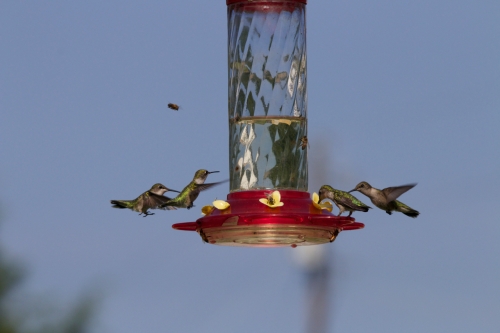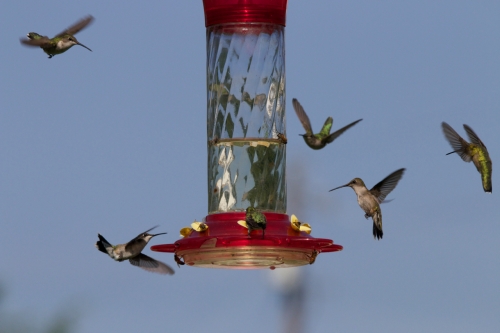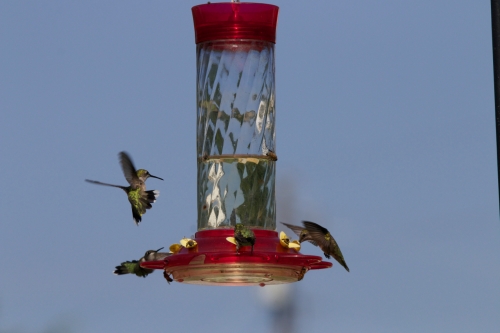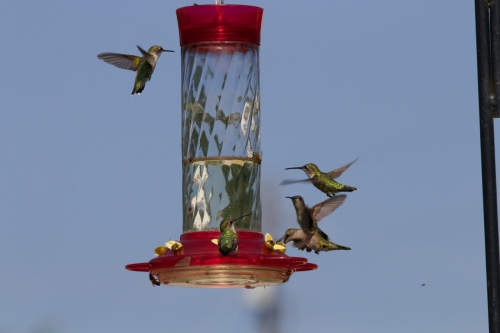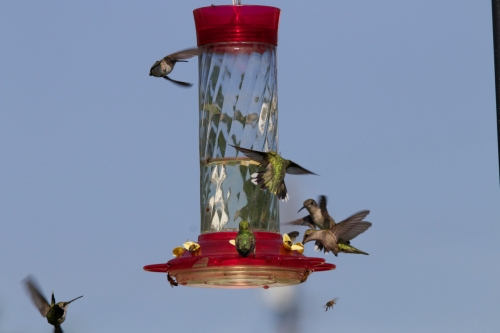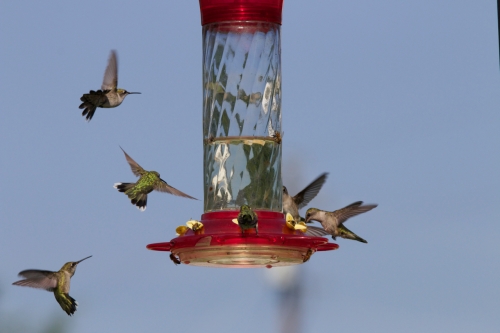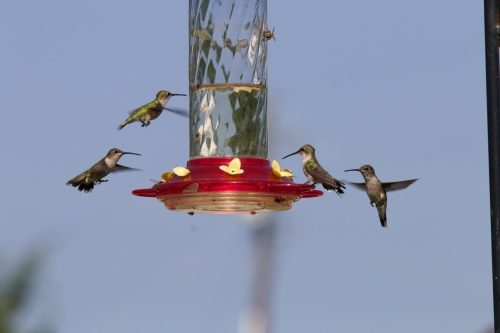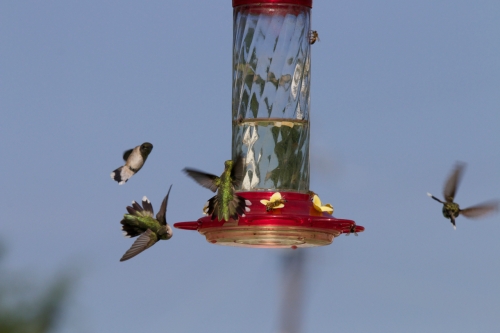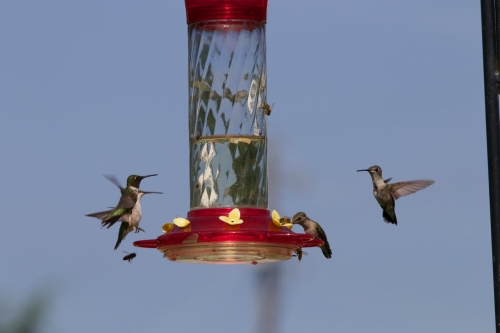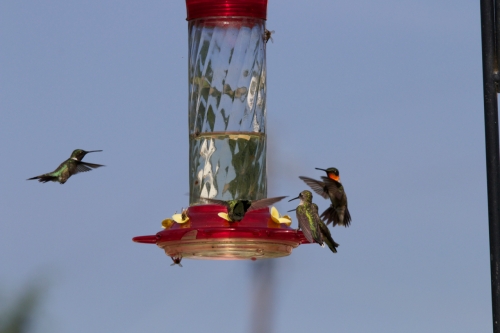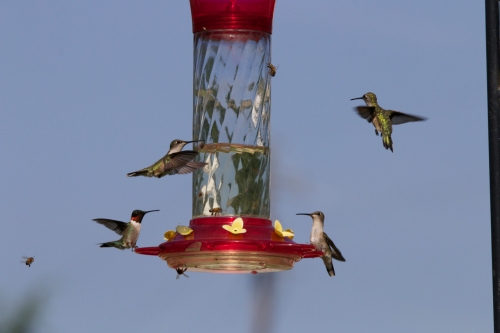The skies are finally clearing and Its not as cold today. I saw a Scarlet Tanager in the tree-line in back of the yard. A few minutes later I saw a barn swallow on the fence in the front yard and took a long range photo with a 600mm Canon on a Canon 50D body. They are very interesting birds; here a some cool facts:

The Barn Swallow is the most abundant and widely distributed swallow species in the world. It breeds throughout the Northern Hemisphere and winters in much of the Southern Hemisphere.
Barn Swallows once nested in caves throughout North America, but now build their nests almost exclusively on human-made structures. Today the only North American Barn Swallow population that still regularly uses caves as nest sites occurs in the Channel Islands off the California coast.
Barn Swallow parents sometimes get help from other birds to feed their young. These “helpers at the nest” are usually older siblings from previous clutches, but unrelated juveniles may help as well.
An unmated male Barn Swallow may kill the nestlings of a nesting pair. His actions often succeed in breaking up the pair and afford him the opportunity to mate with the female.
Although the killing of egrets is often cited for inspiring the U.S. conservation movement, it was the millinery (hat-making) trade’s impact on Barn Swallows that prompted naturalist George Bird Grinnell’s 1886 Forest & Stream editorial decrying the waste of bird life. His essay led to the founding of the first Audubon Society.
According to legend, the Barn Swallow got its forked tail because it stole fire from the gods to bring to people. An angry deity hurled a firebrand at the swallow, singeing away its middle tail feathers.
The oldest known Barn Swallow in North America was 8 years, 1 month old.
Read Full Post »


































